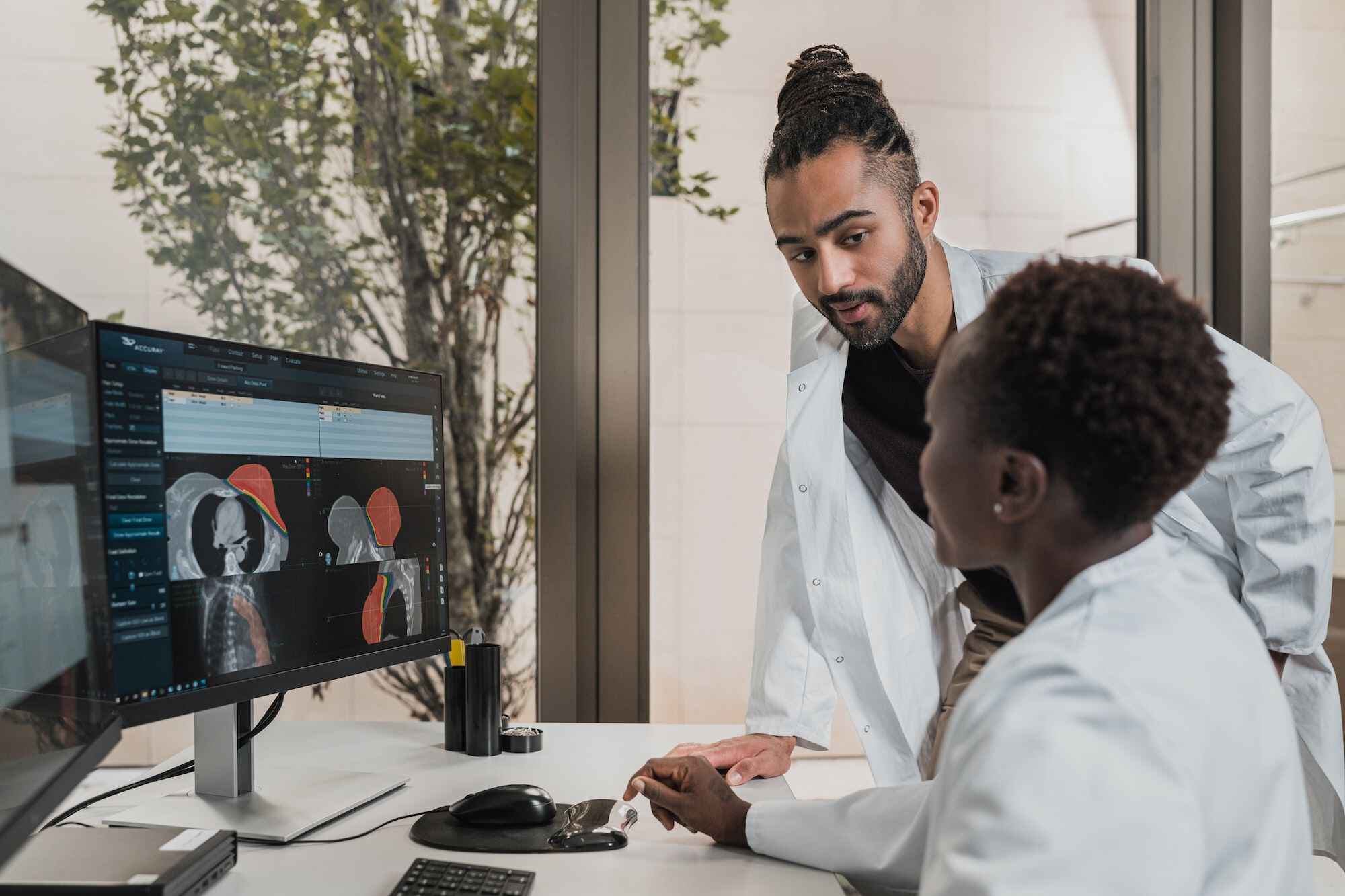The 5 Elements of Effective Team Dynamics in ACLS
Communication break downs in high-risk environments such as an emergency room are alarmingly common, and their consequences can be deadly. Here are the 5 elements for ensuring that your emergency team stays plugged in and on the same page.

When it comes to emergency medical situations, good communication is critical.
Even one misspoken or misunderstood word could have dire results.
Communication break downs in high-risk environments such as an emergency room are alarmingly common, and their consequences can be deadly.
In order to avoid adverse events and improve patient safety, open and frequent communication throughout the entire treatment process is essential.
Let’s take a look at a few tips for ensuring that your emergency team stays plugged in and on the same page.
Respect Your Team Members in ACLS

Nobody is perfect, and the best way to compensate for this is to ensure that systems are set up and practices are implemented that are designed to anticipate and minimize communication errors.
One effective way to do this is to create an environment in which every member of the emergency team is expected to respect one another.
That means respecting a colleague even if it turns out you are wrong about something, and vice versa.
Having confidence that you will always be treated with respect is the first step in building a safer workplace.
Here's some useful tips for ensuring respect within your team:
- Using "we" instead of "I" can increase cooperation. When working in a team, using "we" instead of "I" when discussing goals or decisions can increase cooperation and collaboration. This is because it promotes a sense of shared ownership and responsibility for the task at hand.
- Apologizing can increase likability. Apologizing for mistakes or missteps can increase likability and respect from others. Research has shown that admitting to mistakes can make you appear more relatable, and can help to build trust and respect in your relationships.
- Expressing gratitude can increase prosocial behavior. Expressing gratitude towards others can increase prosocial behavior, such as helping, sharing, and cooperating. This is because gratitude promotes feelings of social connection and a desire to reciprocate kindness and generosity.
- Active listening can increase empathy. Active listening, which involves fully engaging with the speaker and showing genuine interest and empathy, can increase empathy towards others. This can help to promote understanding and respect in your relationships.
Constructive Intervention in ACLS

For more than a decade, Advanced Cardiac Life Support (ACLS) courses have incorporated a communication technique known as “Constructive Intervention.”
This concept takes the foundation of mutual respect and brings it a step further by asking participants of ACLS to take action or intervene for the patient’s safety when they know something is not right during a code.
It doesn’t matter what role the participant plays in the process; they must intervene if they know a mistake is being made.
This may mean a new or lower level team member speaking up to question or correct a team leader if they feel an action that is about to occur may be inappropriate or incorrect.
Of course, while constructive intervention is important, it should be done with tact.
An example of a constructive intervention in ACLS might look something like this:
During an ACLS procedure, the team is working on a patient who is in cardiac arrest. The team leader notices that one of the team members, the nurse, is not administering the medication correctly. The team leader could approach the situation with a constructive intervention by:
Stating the observation: The team leader could say something like, "I noticed that you may not have administered the medication correctly. Can you explain your thought process?"
Asking for clarification: The team leader could ask the nurse to explain their understanding of the medication and how it should be administered. This can help to clarify any misunderstandings and identify areas where additional education or training may be needed.
Offering guidance: The team leader could offer guidance on the correct administration of the medication, demonstrating the correct technique if needed.
Encouraging teamwork: The team leader could encourage the nurse to work collaboratively with the team to ensure that the patient receives the appropriate treatment.
Following up: The team leader could follow up with the nurse after the procedure to ensure that they have a clear understanding of the medication administration and provide additional education or training if necessary.
By approaching the situation with a constructive intervention, the team leader can address the issue in a respectful and supportive manner, promote teamwork and collaboration, and ensure that the patient receives the best possible care.
Closed-Loop Communication in Team Dynamics

Another important tool for improving team communications in emergencies is the practice of closing the loop.
In other words, it involves repeating back orders to confirm what was said. This ensures that the information heard is correct.
By repeating back the verbal orders issued during a code, the loop of communication is closed.
Closed-loop communication enables the person giving the orders to hear what they said reflected back and to confirm that their message was, in fact, received correctly.
It also allows the person receiving the orders to verify and confirm what the next steps are before proceeding.
By repeating orders back verbally, any errors made by the practitioner will be identified and corrected before a serious mistake can be made.
Common Language and Active Listening in ACLS

In a code setting, the common language shared by the emergency team should be based on ACLS, which is why it’s so important that all providers remain current in their certification.
Furthermore, engaging in active listening - which involves processing all of the signals being sent, including body language – facilitates better organization of information so it can be used properly.
An active listener will stop and clarify anything that is not understood.
By taking a standardized approach to communication, the emphasis remains on the process rather than the person carrying it out.
ACLS Algorithms

A huge component of the ACLS certification is the use of algorithms.
These algorithms enable providers to remain intimately familiar with medications, dosages and indications for use.
Knowing ACLS algorithms well will give you confidence to stop, question and intervene in the instance of an error.
In addition to memorizing your ACLS algorithms, having copies of them handy – such as in your pocket or posted in the code room, can provide invaluable access to the information needed to perform your job accurately.
(You can download & print our ACLS algorithms for free).
Focusing on the algorithms to identify a potential error can also help facilitate non-judgmental communication by taking the emphasis off the person who is right or wrong.
Conclusion
In conclusion, effective communication in an emergency situation can be accomplished by creating an atmosphere of respect, practicing critical intervention, engaging in closed-loop communication and participating in active listening.
Algorithms can also help to keep everyone on the same page and avoid errors that could be costly in more ways than one.
